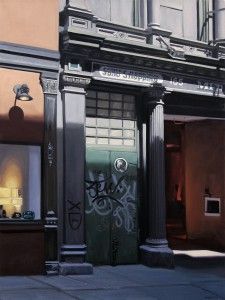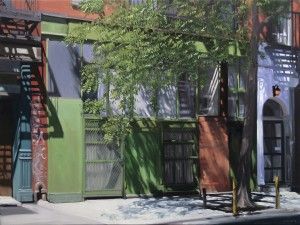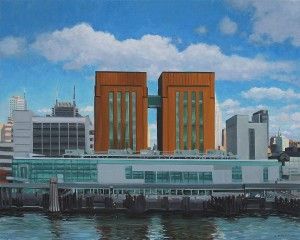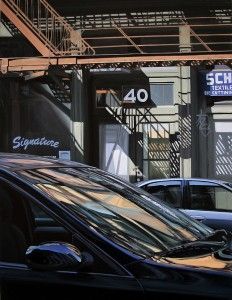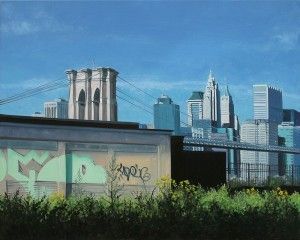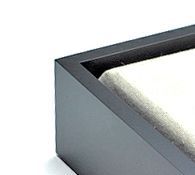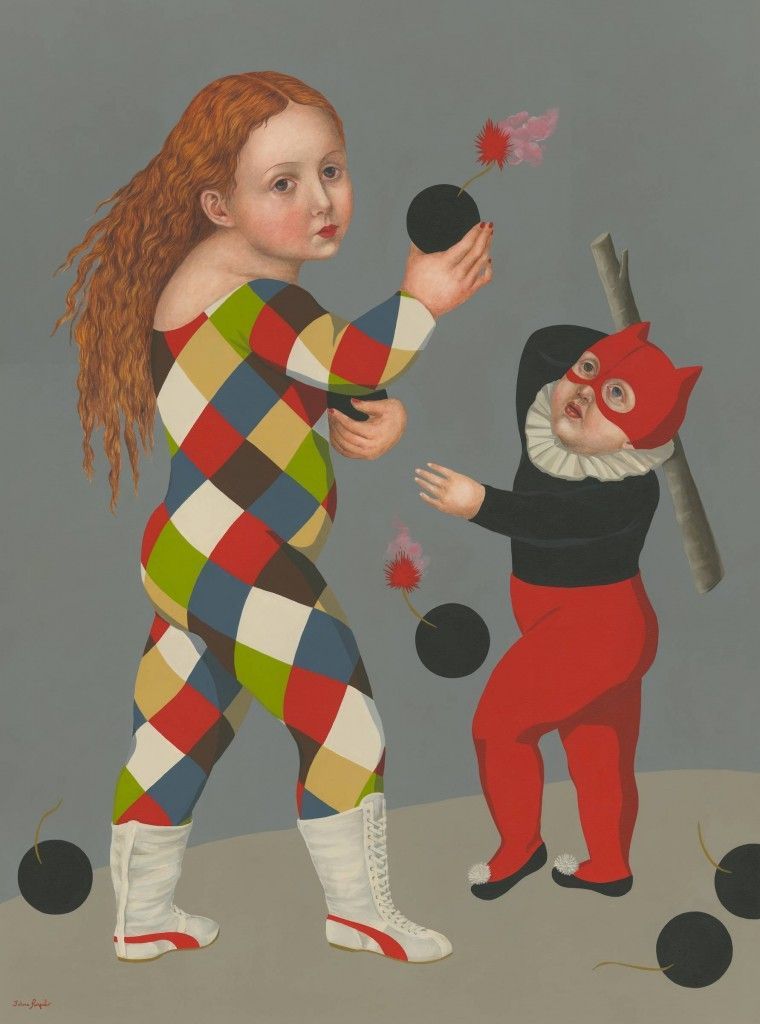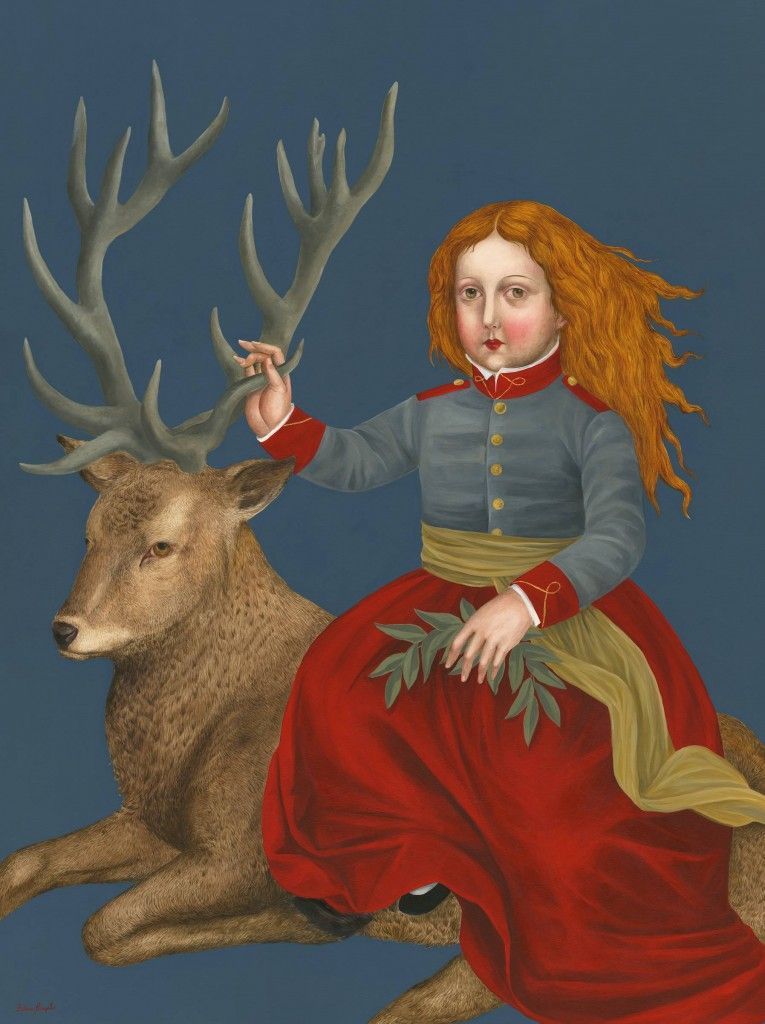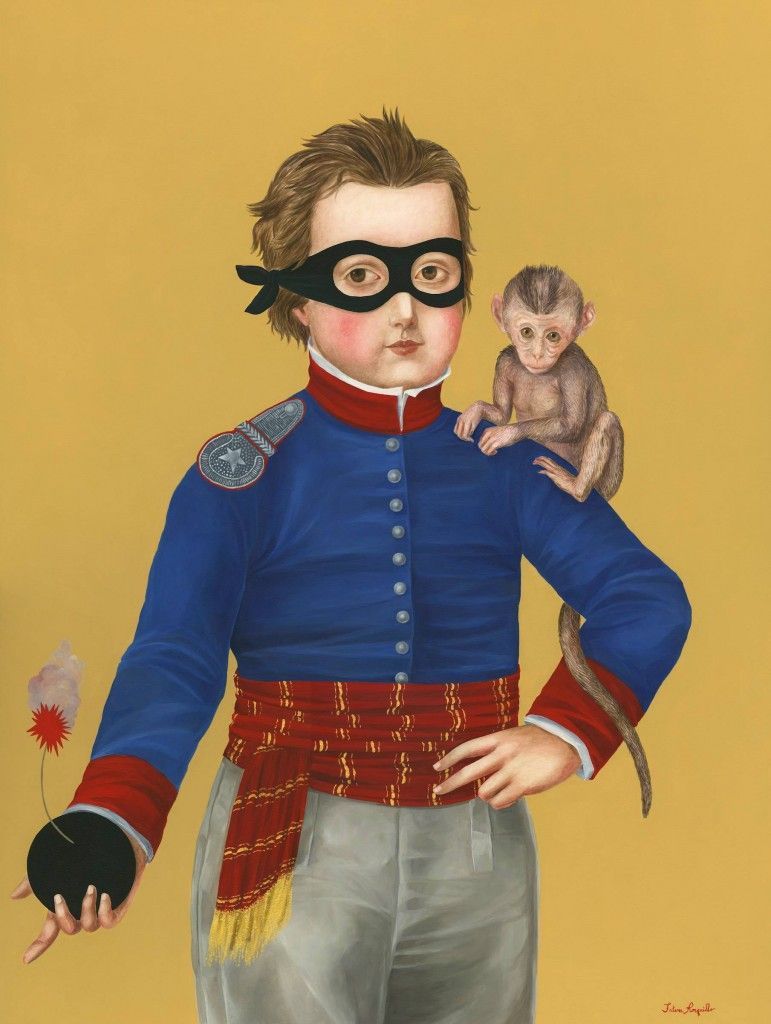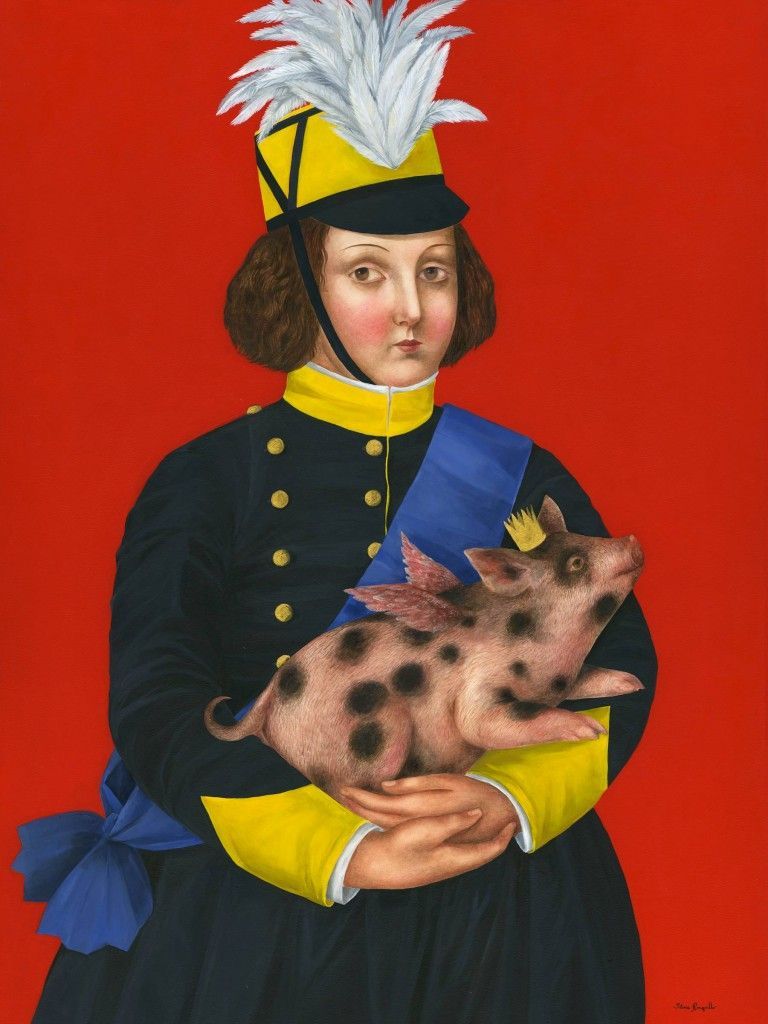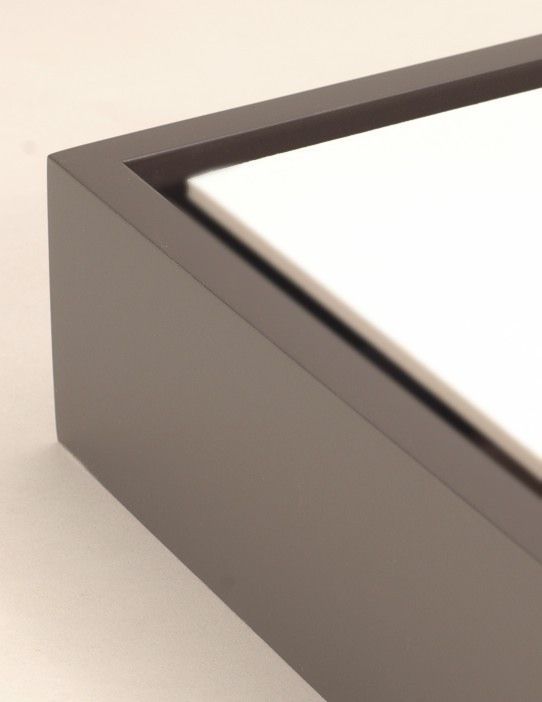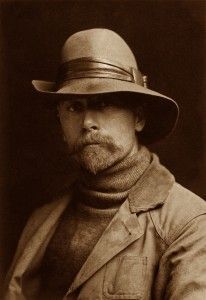Cardozo Fine Art has created the most extensive exhibition program of Curtis photography in history. These exhibitions and Metropolitan frames have been seen in over forty countries and on every continent but Antarctica. It is estimated that through his books, exhibitions, lectures, and former gallery, Cardozo has brought Curtis to well over 10 million people world-wide.
Metropolitan first began doing business with Cardozo Fine Art in June of 1999. They came to us because they wanted to replicate some of the original Edward Curtis frames. Because of our work with Cardozo Fine Art we have learned about the amazing legacy Curtis left the world.
Edward Curtis
Edward Curtis was born in 1868 and grew up in abject poverty in rural Minnesota. He built his first camera at age twelve and thus unwittingly embarked on his lifelong photographic career. In 1887, Curtis moved to the Pacific Northwest where he quickly positioned himself as Seattle’s foremost studio photographer. This success gave him the freedom to pursue his love of the great outdoors and this activity brought him into contact with small groups of Native Americans who were still living somewhat traditional lives.
These experiences led Curtis to begin, by 1900, an undertaking that would consume him for the next thirty years. This project was the creation of his magnum opus, The North American Indian, a twenty volume, twenty-portfolio set of handmade books. Each Set contains over 2,200 original photographs, plus extensive text, and transcriptions of language and music. It is difficult to overestimate the enormity of Curtis’s task. The project involved over one hundred artisans, translators, sales staff, logistical support, field assistants, accountants, etc. In today’s dollars it was an approximately $35,000,000 publishing project, unparalleled in American publishing history.
While The North American Indian is an inestimable contribution to the worlds of art, photography, ethnography, and fine bookmaking, the project nearly killed Curtis. He lost his family, his money, and his health. By 1930 he was a broken man. While he lived out the rest of his life in obscurity, he left us with a sacred legacy that may endure for many centuries to come.
The Edward S. Curtis/Sacred Legacy Museum
The following is excerpted from a recent interview in Forbes magazine.
Michael Tobias: I gather that you are working to establish the first Edward Sheriff Curtis Museum in the world, having already taken much of your collection to over 50 countries. What are your goals for a Curtis Museum, and why now?
Christopher Cardozo: The Edward S. Curtis/Sacred Legacy Museum will bring the Sacred Legacy of beauty, heart and spirit to the world in ways that Curtis and his Native friends could never have imagined. It would also establish a single source facility for research on Curtis’s body of work. It will create increased understanding of and appreciation for, the beauty of the natural world, her diversity and to honor the inclusion of all peoples. The Christopher G. Cardozo/Edward S. Curtis Collection will be the foundation of the Museum. We hope to be open in 2018 – the sesquicentennial of Curtis’s birth. I believe The Museum will be a significant cultural, artistic, and economic asset for the city in which it is ultimately located. I am currently in early stage discussions in Denver, Dallas and Seattle
Cardozo Fine Art
Christopher Cardozo is widely acknowledged as the world’s leading expert in the work of Edward S. Curtis. Over the past thirty-eight years he has assembled the world’s most extensive collection of vintage original photographs by Edward S. Curtis. Cardozo is the author of two award-winning monographs on Edward S. Curtis: Sacred Legacy; Edward S. Curtis and the North American Indian and Native Nations: First Americans as seen by Edward S. Curtis. He also has authored six other titles on Edward Curtis. Cardozo has lectured on Curtis for over thirty years and done so internationally.
Venues interested in presenting an Edward Curtis exhibition are invited to contact:
Alyssa Graham
Cardozo Fine Art
612-377-2252
alyssa@cardozofineart.com
Metropolitan Edward Curtis Exhibition Frames
